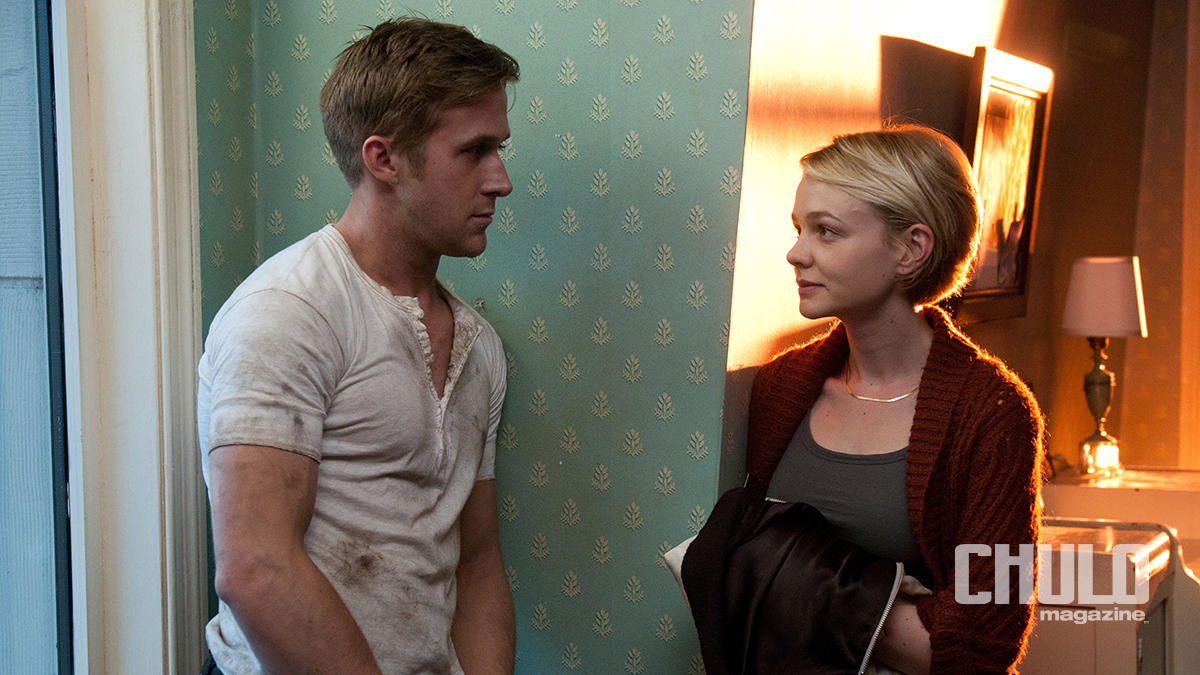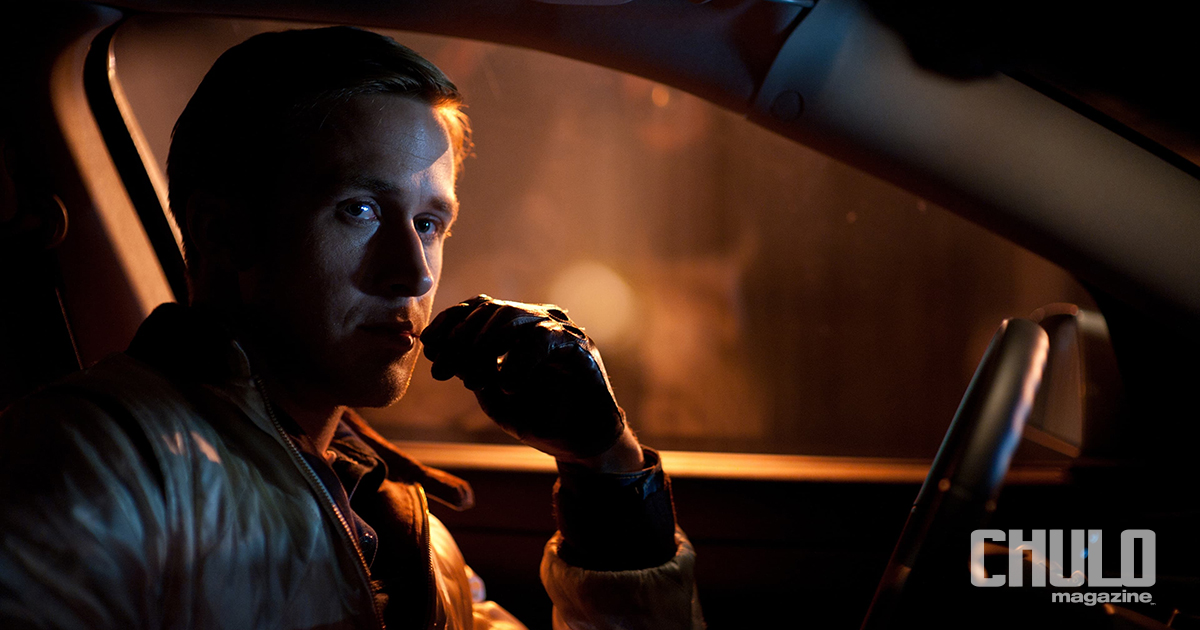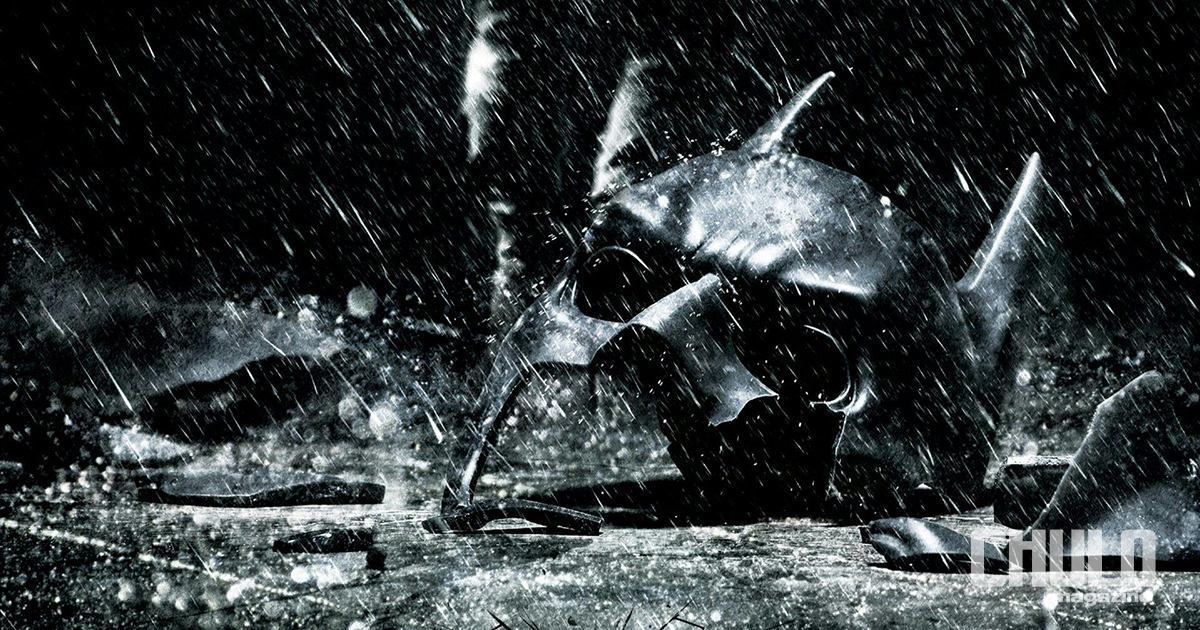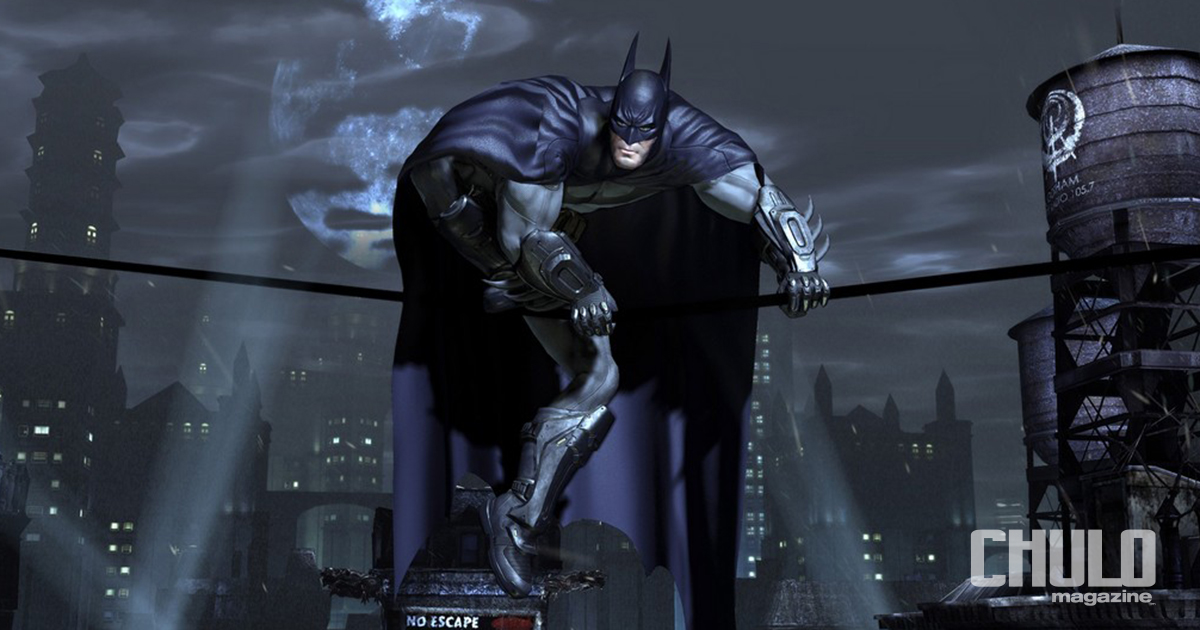Ryan Gosling owns the camera the second Drive begins. He doesn’t say a lot at all in the first 20 minutes of the movie, but he doesn’t really need to, either.
Gosling plays Driver (that’s what he’s called, period), a movie stunt driver who moonlights as a getaway driver for anyone who will hire him. The movie starts with a scene with Gosling while he’s patiently waiting for two people he’s supposed to drive from a robbery of some kind. As the clock ticks away, the police sirens are getting closer and Driver never flinches. As the first man leaves the building, he sits in the backseat and becomes more and more anxious as time goes by, looking for his partner to come out. It’s pretty clear that Gosling owns this movie, just by this first scene alone. And this is just the first of many outstanding moments in the movie.
One thing we thought was cool is that Gosling was an integral part of the film’s development. Along with director Nicolas Winding Refn, the duo crafted some of the best moments in film for 2011. It crackles with excitement, but what makes Drive so great is how its quiet moments enhance the action.
Driver lives in an apartment down the hall from Irene (Carey Mulligan). They only run into each other in the building a few times, but it is played down a bit and they don’t truly meet until Irene’s car needs some work done, landing her at the mechanic shop where Driver works. His boss, played by Bryan Cranston (who is cool in everything, btw), has Driver take Irene home since it’s clear that they know each other. The spark of romance between them is hinted at, but is immediately held up by the fact that Irene has a husband that’s locked up, and he’ll be out soon.

What happens next is a bombardment of mind-blowing action sequences, and acting performances, all with an emotional power that completely blew us away. Cranston is great, but funnyman Albert Brooks surprisingly steals scenes left and right. His gangster character is so frightening that you suddenly feel threatened just by the sight of the guy in any scene. Also up for the fight is the always-awesome Ron Perlman.
The movie is unlike anything audiences have seen in a very long time. It feels kind of like a 1980s movie with its title treatment and score, and yet it is also timeless in that it creates a compelling story in its own right, no matter when you see it. The movie is powerful and violent. But the violence on screen executed by the characters is part of who they are, like DNA, and therefore the violence is never over the top given who these characters are.
Another thing that kicked ass in Drive was how Los Angeles was a character. It’s established early on that Driver knows every street in L.A. — something priceless in a good getaway driver. And a lot of you may think that Drive is just another Transporter-type film. It’s not even in the same ballpark. As Refn spins this tale, the build-up of the film comes through a triangle of confrontation with Gosling, Perlman and Brooks — where the result will leave you breathless and wanting more.
Drive is driven by the characters and cinematography that makes it so much more than a movie centred on a man who must always drive away. Viewers are instead drawn into Driver’s world and held there by a well-edited, amazingly acted, and impressively put-together piece of movie glory.
So channel your inner Steve McQueen and go see this movie. You won’t be disappointed.






